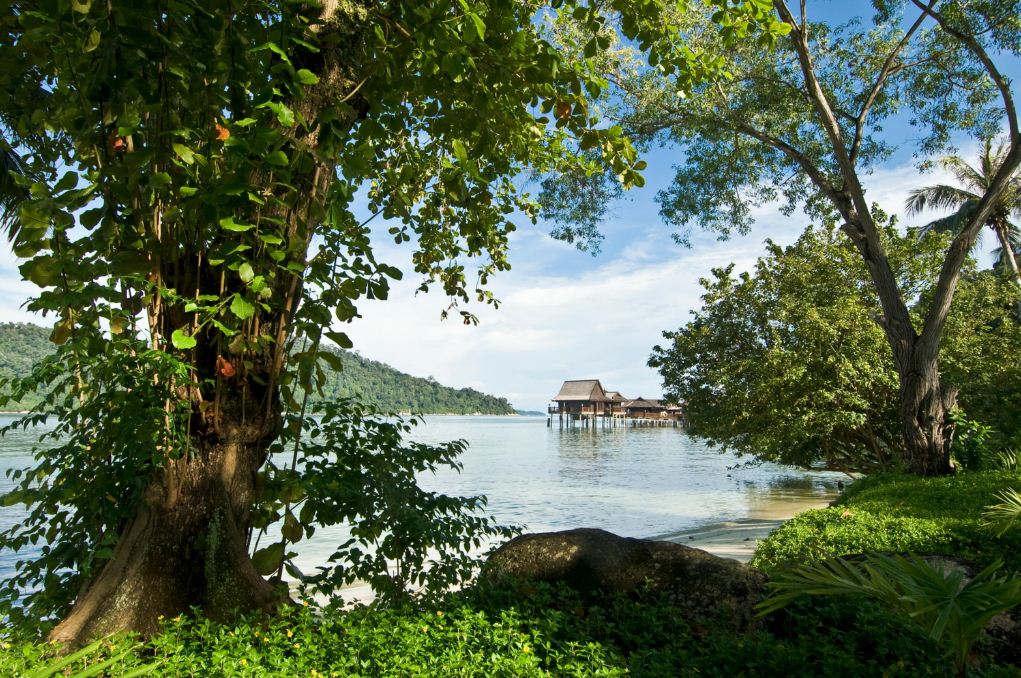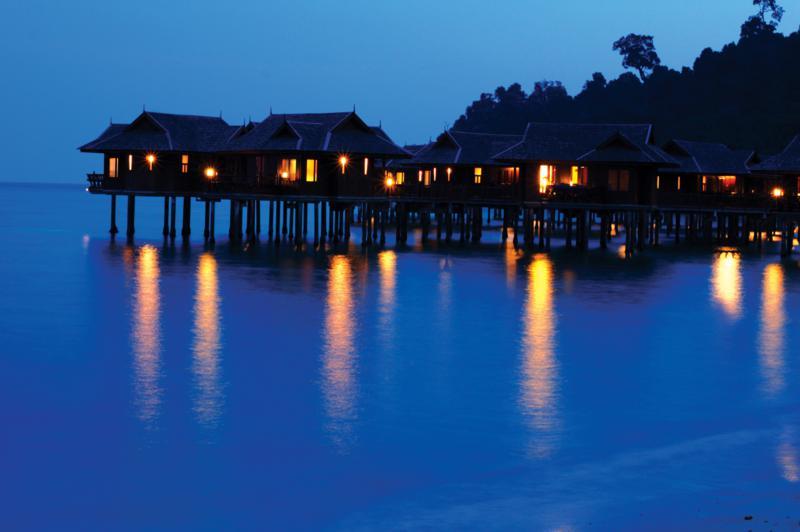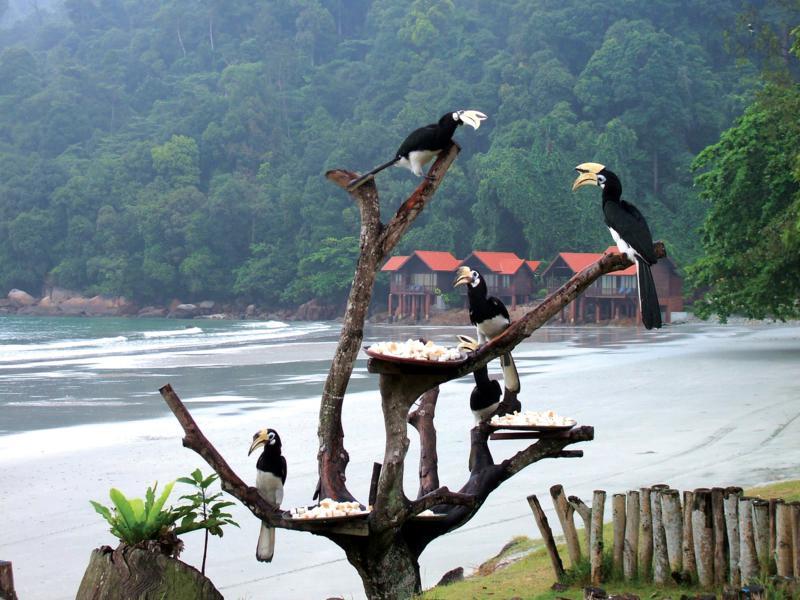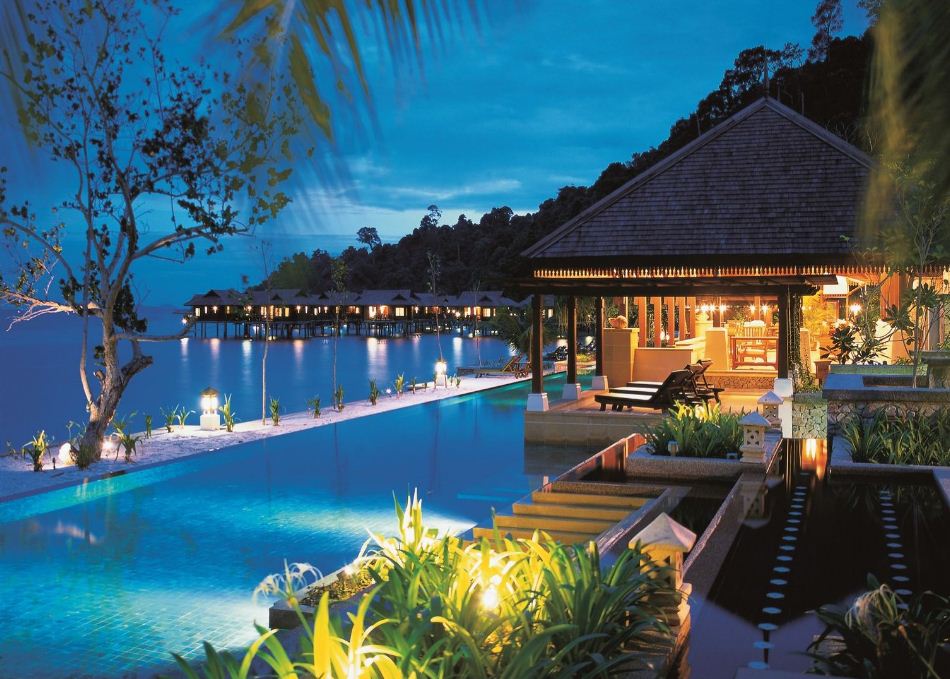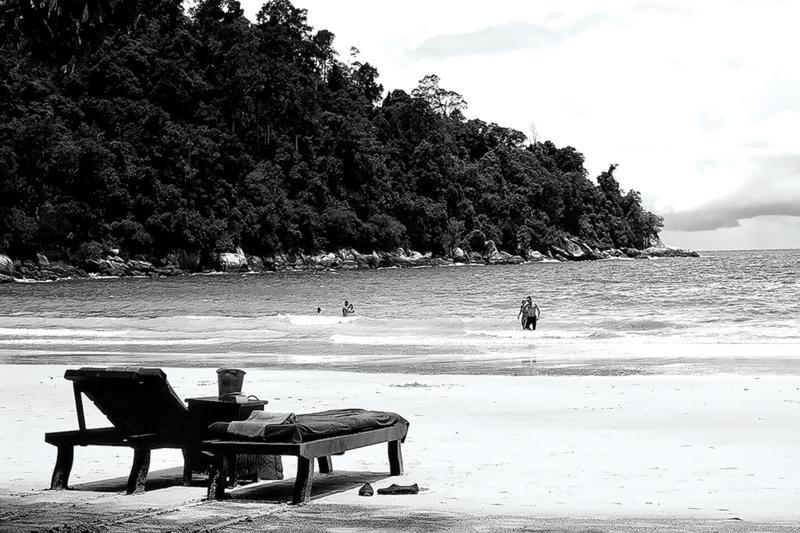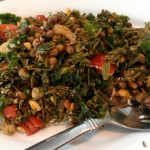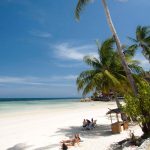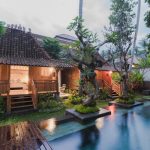Pangkor trip — The surprise of Malaysia
Pangkor’s days are as lovely as paradise, and its nights are as sweet as honey. I miss Pangkor, where I was able to marvel at the beauty of nature. The emotion I had when I first stepped onto the pier, as well as the surprise of discovering a green Malaysia, are still fresh in my memory.
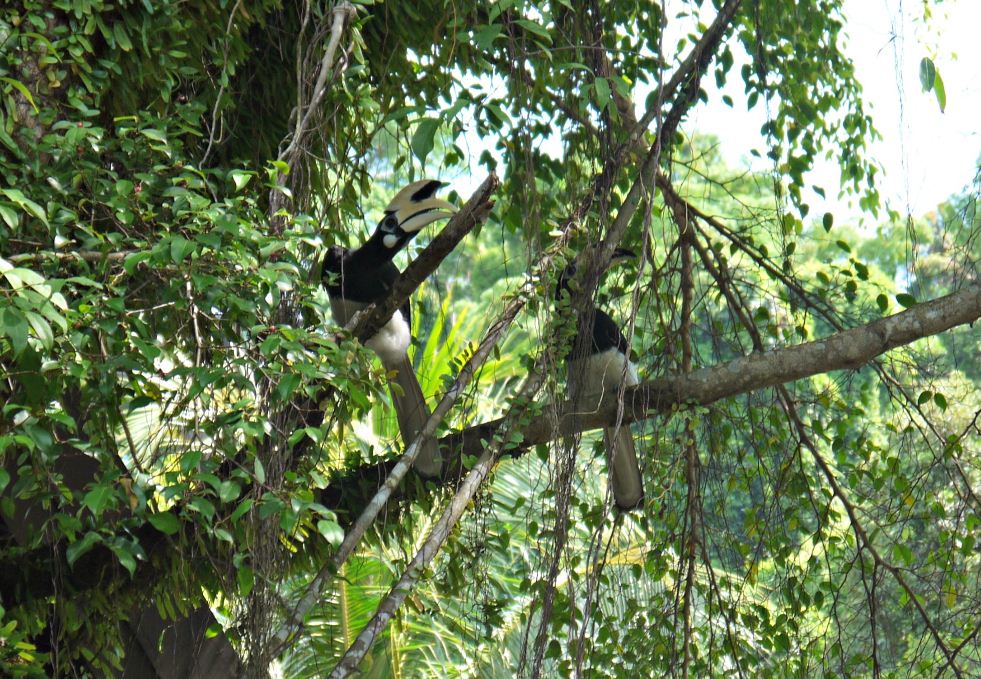

A spectacular space
We hadn’t considered what awaited us outside of Kuala Lumpur’s high-rise skyscrapers, crowded retail malls, and loud streets. Our Vietnamese guide, who has been working in Malaysia for over ten years, was eager to tell us about Pangkor and have us picture what it was like. It was time to board the ferry to Pangkor after our heated talk. The boat was filled with local and foreign visitors who were laughing and conversing happily, as though they were all excited to be visiting the island.
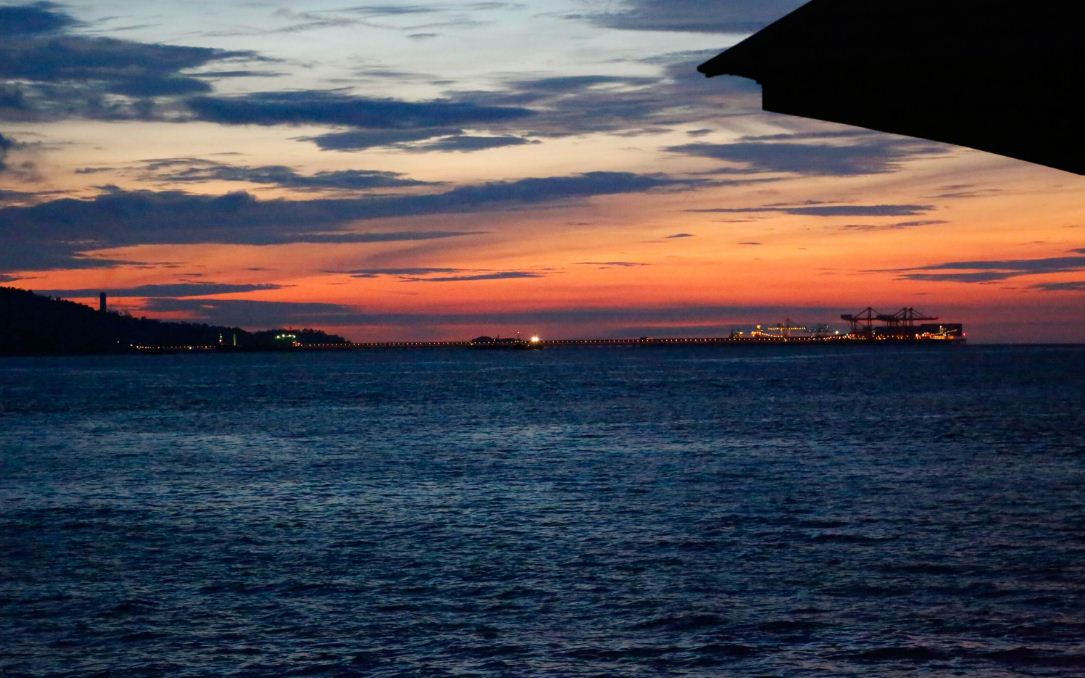
Pangkor, a little island of roughly 8 square kilometers, greeted us with cool and dry weather. We got the opportunity to observe the lives of local people through modest dwellings, fishing nets, and warm smiles as we passed through a tiny village between the wharf and our hotel. The more we traveled about the island, the more at ease we were. With the turquoise sea, sky, and green trees, we discovered a beautiful Malaysia with a romantic atmosphere, entirely different from the country’s metropolitan marvels.

The water seems limitless on the island, and the forest is vast. We visited the island by canoe during our visit to Pangkor after sunset. Everyone liked staring at the oddly formed cliffs and picturing them as statues of various beings. A tiny fishing boat was taking its final catch as we rowed, displaying the tranquil existence of the locals. Tourists were so engrossed in outdoor activities all around the island that I couldn’t wait to appreciate the spectacular natural surroundings.
Immersed in nature
Pangkor’s most amazing gift to its tourists is its pure air. You will feel unexpectedly powerful when sightseeing and taking in the clean air on the island, no matter how you get here or how long it takes. That mood motivates people to explore Pangkor, even those who, like myself, like to lounge on the beach and do nothing.
Visitors will undoubtedly never forget the experience of fishing in the water, where they frequently capture a coral instead of a fish. It is not as straightforward as fishing in lakes, but tourists may catch a variety of species that can be cooked on the beach and turned into delectable outdoor dinners. Such memories can only be created when we live in harmony with nature. Pangkor is a true paradise. Divers, fishermen, kayakers, beach sports, swimming in the water, and building sandcastles with your children are just a few of the activities available to visitors. I was astounded by the fish circling the surface of the water at the diving area. Children in life jackets joyfully clapped their hands and pointed at the colorful fish, rushing to get a crumb of bread. Pangkor’s natural environment is highly welcoming.
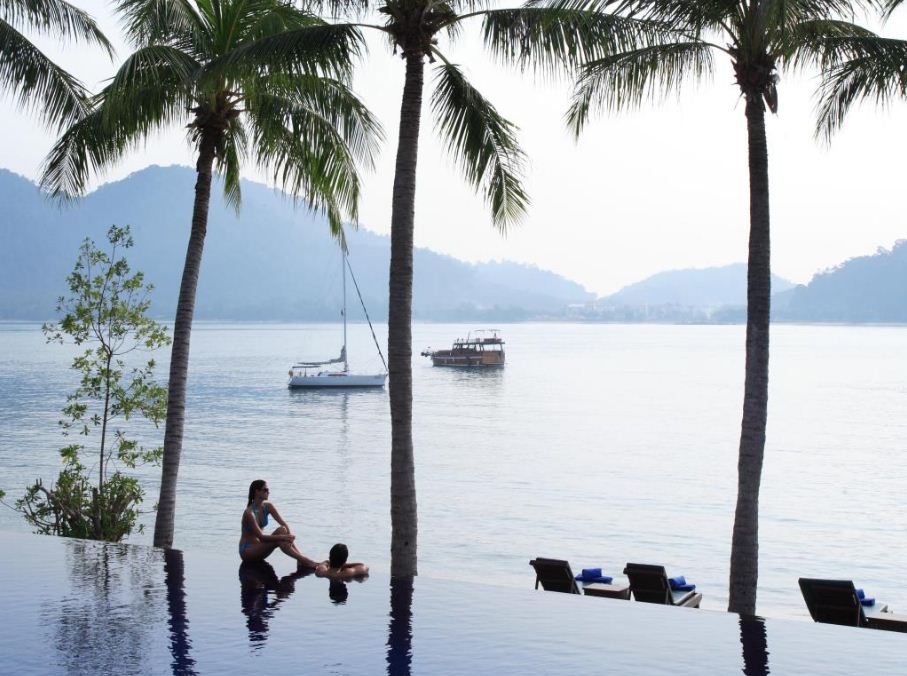
It was wonderful to go barefoot on the smooth sandy beach in the evening and locate a seat to rest, listen to waves murmuring, speak, and watch couples walking hand-in-hand. We also went to our resort’s bar before retiring to bed to listen to some exciting music and have a glass of beer.
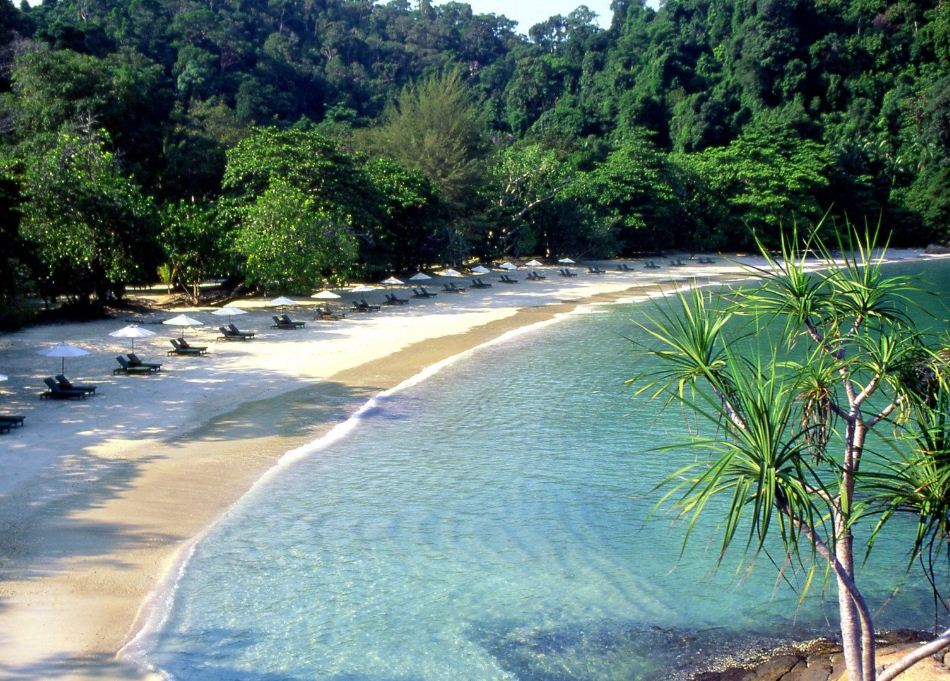
Comtemplating singing Hornbill
The Hornbill, a bird included in Malaysia’s conservation book, is a noteworthy feature in Pangkor. The Hornbills don’t appear to notice us, the odd visitors who are staring at them. They fly about the resort’s large garden, going from tree to tree and singing songs about Pangkor’s liberal and clean nature “gu-shh, gu-shh, gu-sh…”
Despite their large beaks, they move slowly through the thick trees. Hornbill birds dwell in woods, where they may make their nests in large trees. Every day, Hornbill birds forage for food, primarily ripe fruit.
I was overjoyed to be staying on the island. Every morning and evening, a large table at our hotel, the Pangkor Island Beach Resort, displays luscious fruits for the Hornbills. As a result, we could observe the Hornbills and listen to their singing and soaring from the windows or seats outside.
When I close my eyes, the birds come to me first since they are a symbol of nature and wild life in Pangkor. I’ll never forget the times I spent breathing pure air, surrounded by green trees, gazing out at the calm sea, and beaming everytime I spotted a Hornbill.
Pangkor tourist attractions
Below a list with attractions on the island:
- Water sports and other activities are plenty around Pangkor Island. Especially around Bogak beach and Nipah beach there are numerous operators that offer banana-boat rides and Jet Ski rental. Around Giam Island you can do some decent snorkeling; though you can’t compare it with snorkeling on islands like Redang and Perhentian.
- Pangkor Town is a nice place to visit as there are many great local restaurants where you can enjoy typical dishes originating from the island itself.
- Fu Lin Kung Temple is a Taoist temple that has been build at the foot of Pangkor Hill nearby the town of Sungai Pinang Besar. Another Chinese temple that you can visit is the Lin Ye Kong Temple; nearby Teluk Nipah (at the end of Coral Bay).
- Kali Amman Temple is the only Indian temple on the island; especially interesting to visit during the two big festivals of Deepavali and Thaipusam.
- You can arrange a nice offshore fishing trip through your hotel or resort; though this can be quite pricy. You can also arrange a boat with local fishermen for a day.
- Pulau Jarak is quite a boat ride away from Pangkor, but it is worth the trip. Here you can find great marine life. The small island itself is perfect for a secluded day trip.
- You can do some light jungle treks around the island. The best one, the Pangkor Hill Trek, starts at Bogak beach and takes you all the way to the eastern side of the island (to Sungai Pinang Kecil). Most jungle hikes only take an hour or two. Always notify your resort or guesthouse owner that you are off to do a jungle hike.
- Another fun thing to do is to rent a boat for the day to go around the island. A speed boat is an option; but a normal boat is way more fun as you have more time to enjoy the scenery. A more strenuous option would be to rent a canoe for the day.
- Southwest of the island, nearby the small town of Teluk Gedung, you can visit the Dutch Fort (also known as Dindings Fort or Kota Belanda). The Dutch built this small fortress to get more grip on the tin mining industry in the 17th century. The fortress was used to keep foreign ships at bay, in order to control and monopolize the worldwide tin trade. The Dutch Fort currently is an historical monument.
- Batu Bersurat (Tiger Rock or Historic Rock) is a huge boulder with historical inscriptions on it. The inscriptions refer to a child and a tiger and is dated ‘1743 I.F.CRALO’ together with the initials of the ‘VOC’ which refers to the Dutch East India Company.
Further information
+ Pangkor weather: Pangkor has a tropical climate, the dry season lasts from March – November. However, December – February is not very rainy. The temperature is about 32oC during the day and 23oC at night. The best months in Pangkor island are January, February, August and September. On average, it is hot all year round. The rainiest months are November and December. The sea temperature is suitable for swimming all year round. There is no real best time to visit Pangkor; as the island is pretty much shielded by Sumatra, weather is pretty much the same throughout the year (though it still is a tropical island).
+ How to get to Pangkor island from KL by car: Pangkor island is situated between Kuala Lumpur and Penang. By car, It takes about 3 hours from Kuala Lumpur or 2 hours from Penang to Lumut. From there, you can take a boat to the island in about 30 minutes.
+ Although there are two public boats to the island, it is recommended that tourists take the boat to Pangkor Jetty because it is located in Pangkor and near the most beaches. Pangkor Island Beach Resort is the only resort, which has its own boats. If you book a room here, you will be picked up and taken to the resort.
+ Bring some of your favorite foods because you are on an island, where it is not easy to shop in supermarkets.
+ If you tour the island by taxi, ask for the charge before your tour. Taxis in Pangkor do not have meters.












